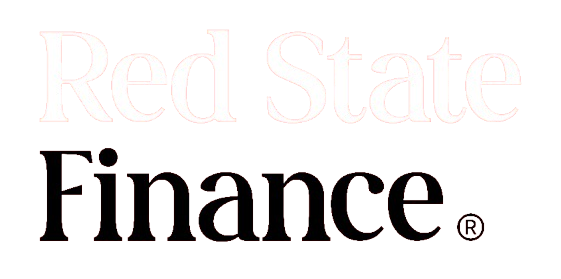Trump’s Dilemma: Balancing Big Pharma Interests and Cost Savings
As the political landscape shifts, President Donald Trump finds himself at a crossroads regarding healthcare negotiations. With the pharmaceutical industry under scrutiny for high drug prices, he faces a pivotal choice: either soften his stance to appease big pharma or push for more aggressive cost-cutting measures that could surpass those of his administration.
The Pharmaceutical Landscape
The pharmaceutical sector has long been a focal point in discussions about healthcare reform. In recent years, rising drug prices have sparked outrage among consumers and policymakers alike. According to a 2024 report from the Kaiser Family Foundation, nearly 1 in 4 Americans have reported difficulty affording their medications. This statistic underscores the urgency of addressing prescription costs as part of any comprehensive healthcare strategy.
Trump’s previous tenure saw him advocating for lower drug prices through various initiatives aimed at increasing competition within the market. However, critics argue that these efforts often fell short due to lobbying pressures from powerful pharmaceutical companies eager to protect their profit margins.
A Fork in the Road
Now, as he contemplates his next move on this contentious issue, Trump must weigh two distinct paths:
Option One: Cozying Up to Big Pharma
One potential route is to ease regulations and negotiations with pharmaceutical companies. By doing so, he could foster an environment where these corporations feel more secure in their pricing strategies—potentially leading to less friction during negotiations but also risking public backlash over perceived favoritism toward an industry already criticized for its pricing practices.
This approach might resonate with some stakeholders who believe that maintaining strong relationships with pharma can lead to innovation and investment in new treatments. After all, many argue that without adequate profits, research and development could stagnate—a sentiment echoed by industry leaders who warn against overly stringent price controls.
Option Two: Going All-In on Cost Savings
On the flip side lies an opportunity for Trump to double down on cost-saving measures aimed at delivering real relief to American consumers struggling with exorbitant medication costs. By championing deeper cuts than those implemented during his presidency—such as negotiating directly with manufacturers or supporting legislation like Medicare price negotiation—he could position himself as a true advocate for everyday Americans facing financial strain due to high prescription costs.
Recent polling data indicates strong public support for such initiatives; according to a survey conducted by Gallup earlier this year, approximately 70% of respondents favor government action aimed at reducing drug prices significantly. This presents an enticing opportunity for Trump if he chooses this path—aligning himself with popular sentiment while potentially outshining past efforts made under his administration.
The Stakes Are High
The stakes are undeniably high as both options carry significant implications not just politically but also economically. Should Trump lean towards accommodating big pharma interests too heavily? He risks alienating voters who feel betrayed by continued high costs—a scenario reminiscent of past administrations’ struggles when they failed to deliver meaningful change on healthcare issues.
Conversely, if he opts for aggressive reforms targeting price reductions without regard for corporate interests? He may face fierce opposition from lobbyists wielding considerable influence over Congress—a battle that could prove costly both financially and politically.
Conclusion: A Defining Moment Ahead
As we look ahead into what promises be another tumultuous chapter in American politics surrounding healthcare reform—the decisions made now will undoubtedly shape future discourse around drug pricing policies well beyond Trump’s immediate ambitions.
In navigating this complex terrain between consumer needs and corporate pressures—the former president has an opportunity not only redefine his legacy but also impact millions grappling daily with unaffordable medications.
Ultimately it remains unclear which path will prevail—but one thing is certain: how Trump handles these negotiations will be closely watched by constituents eager for change amidst rising health care challenges across America today.







